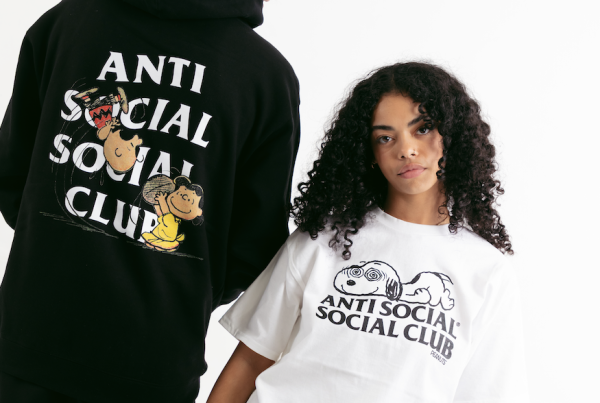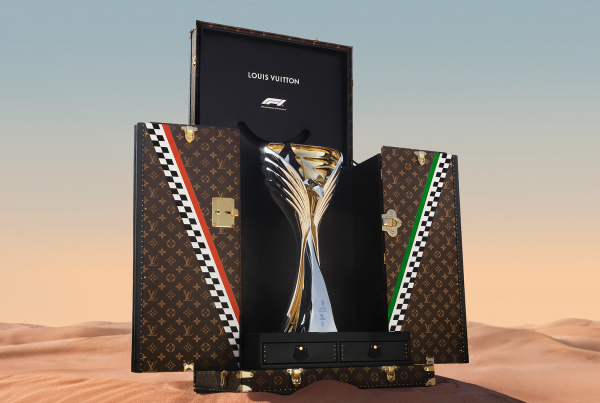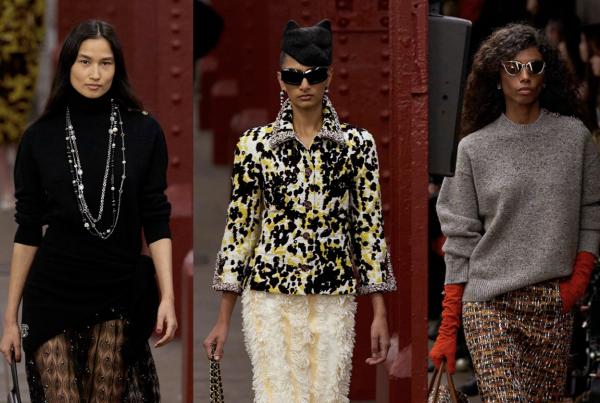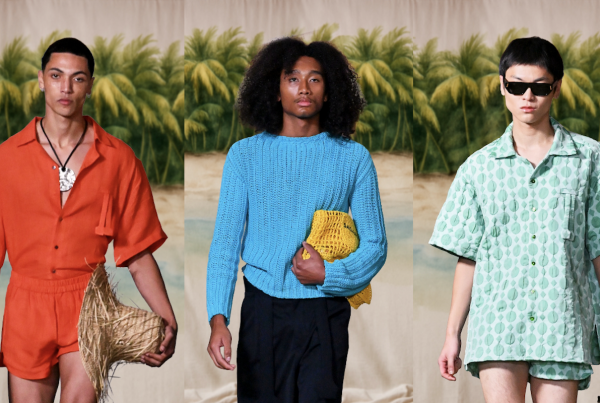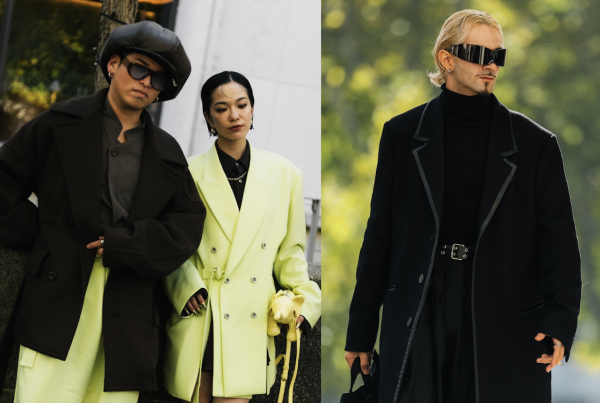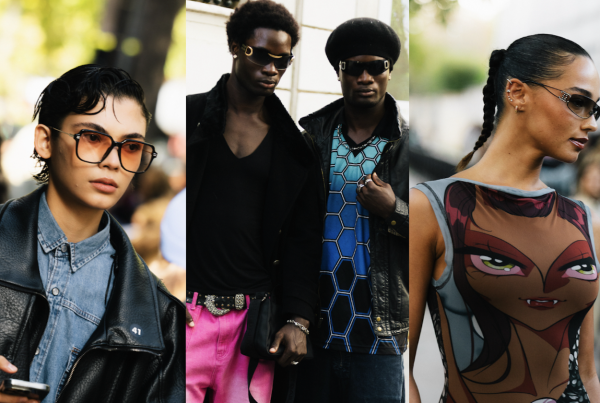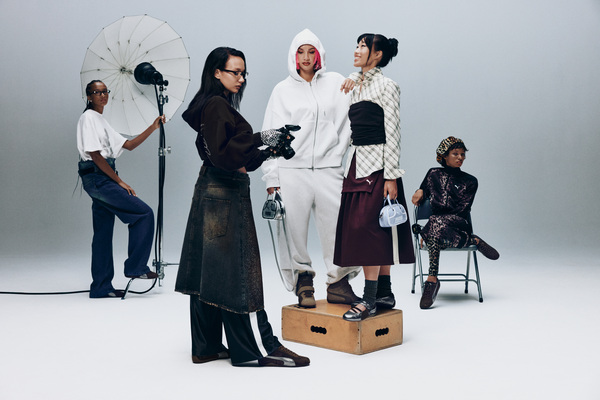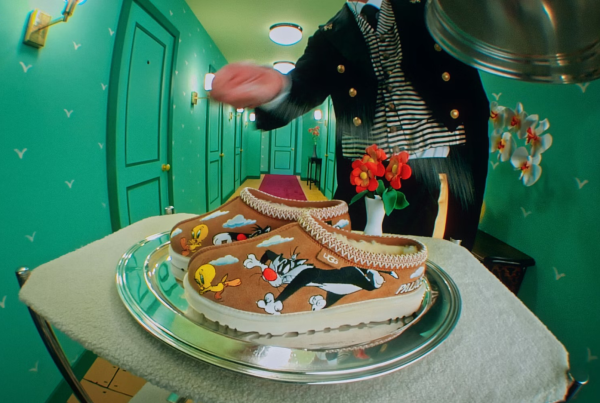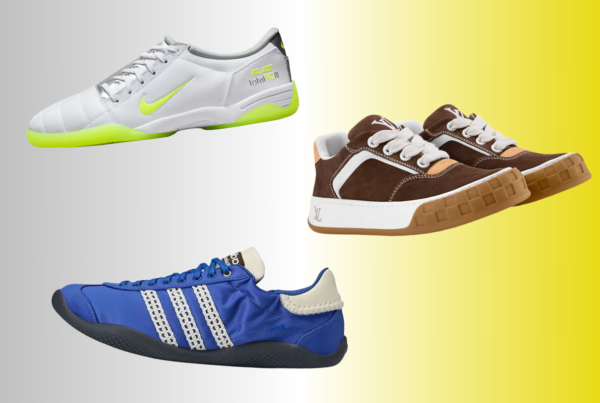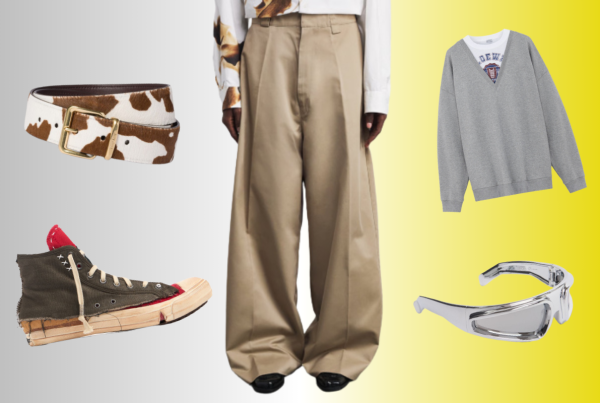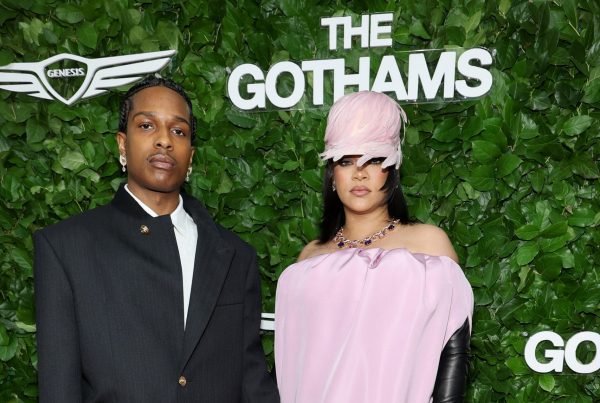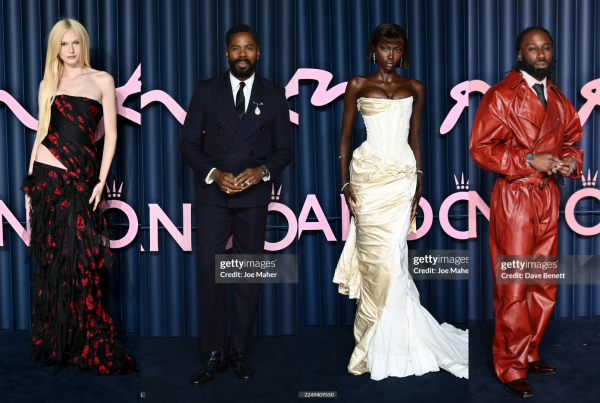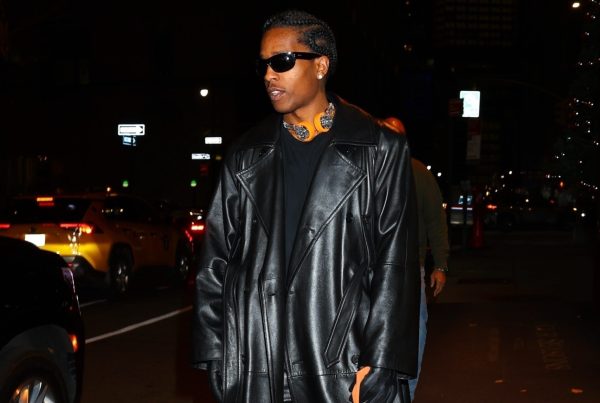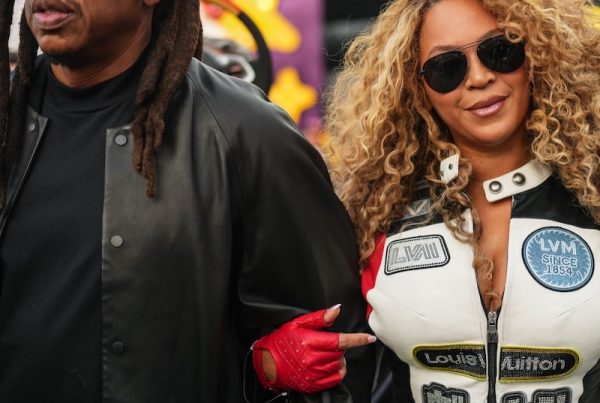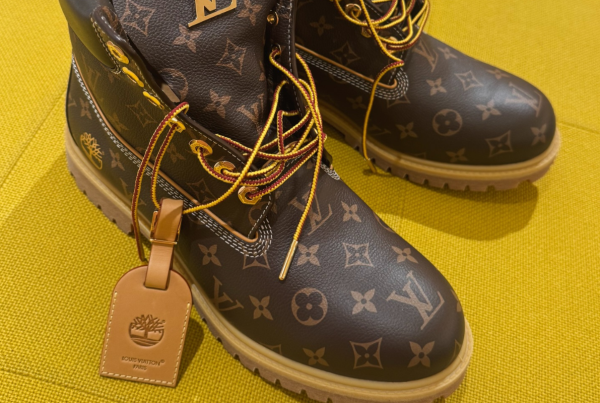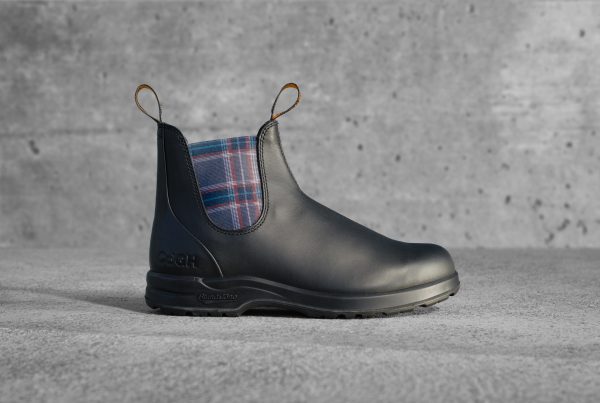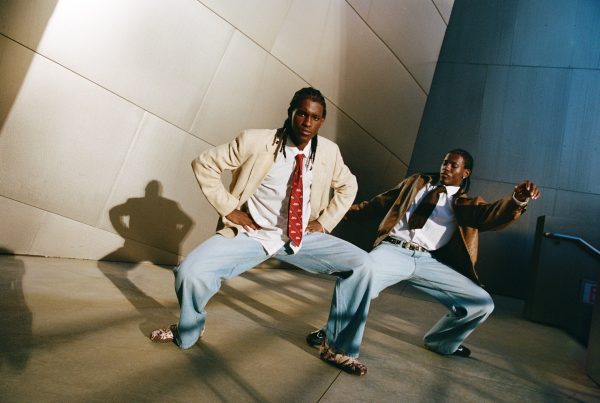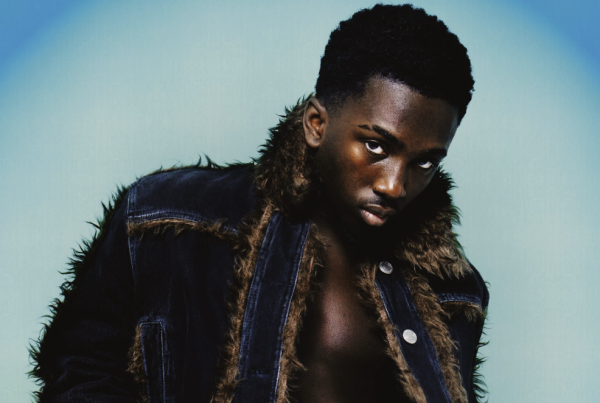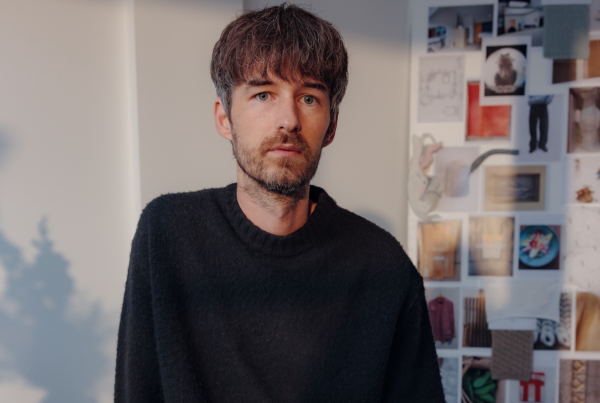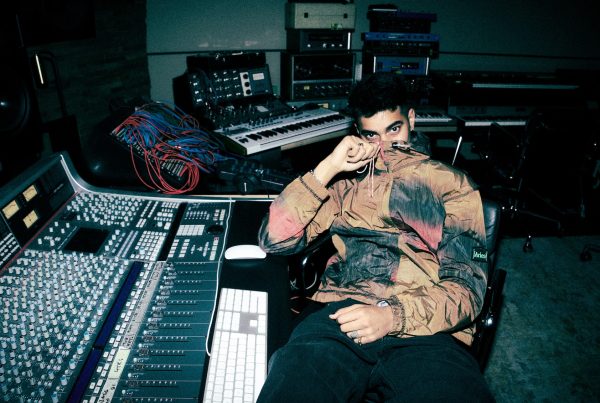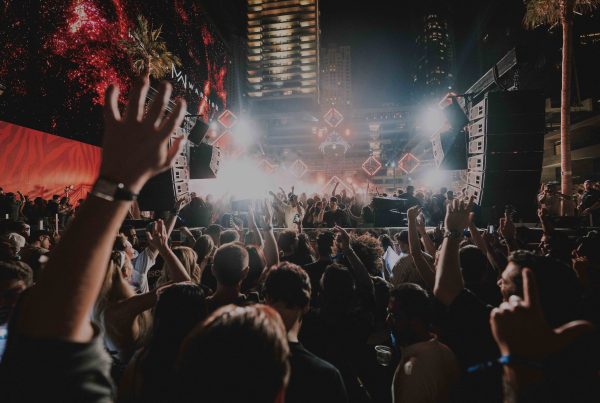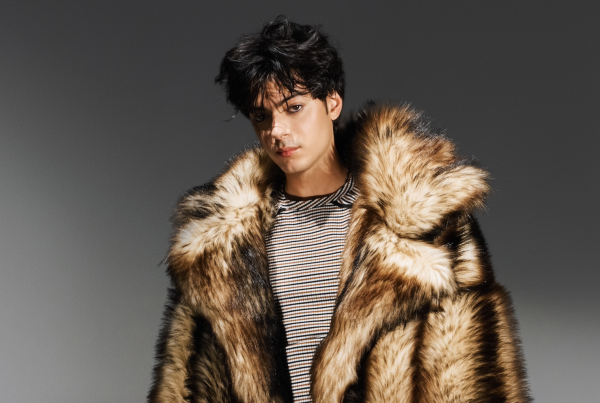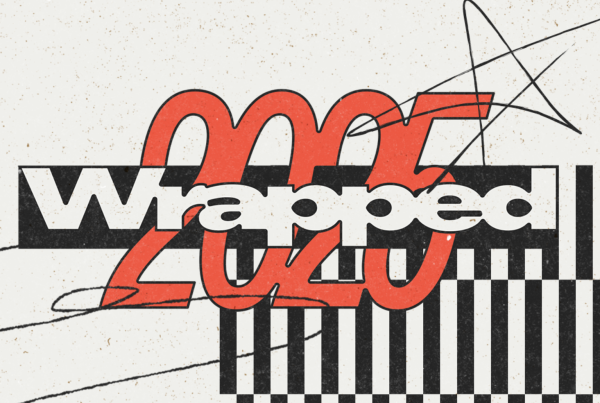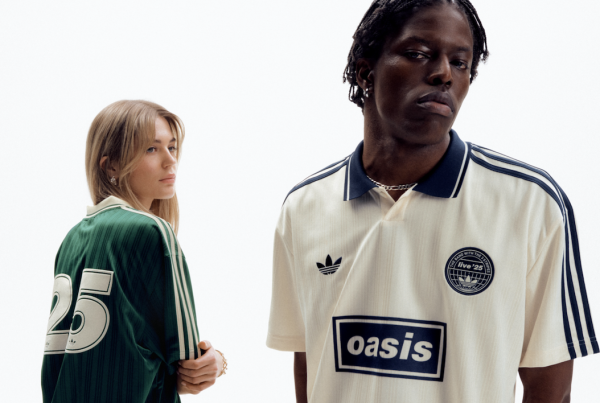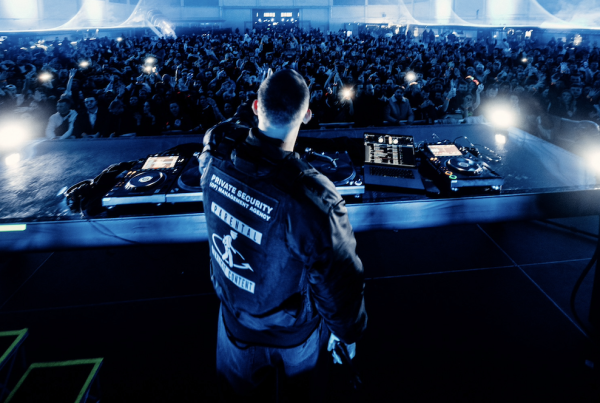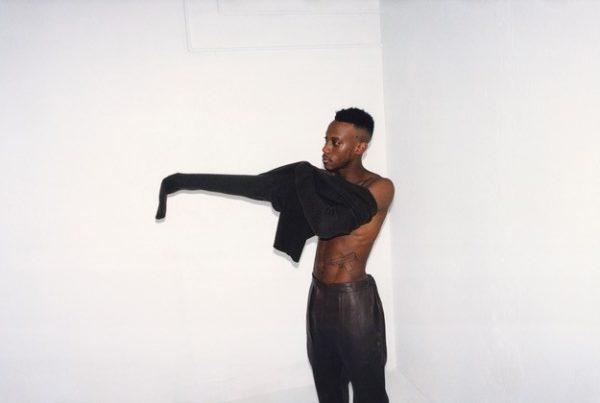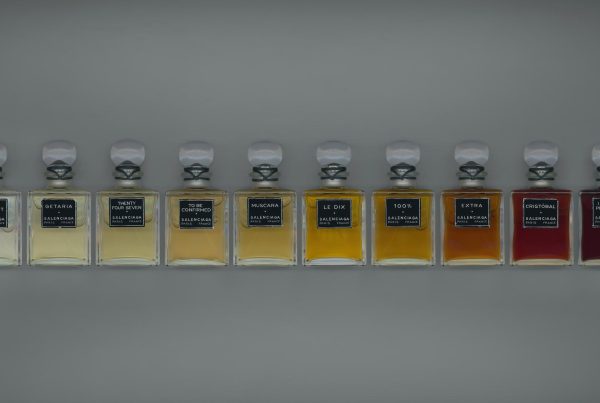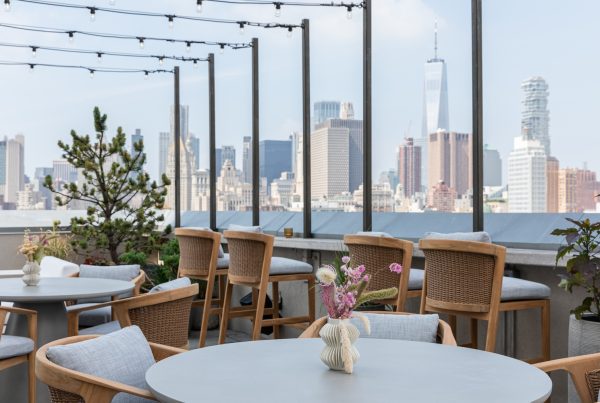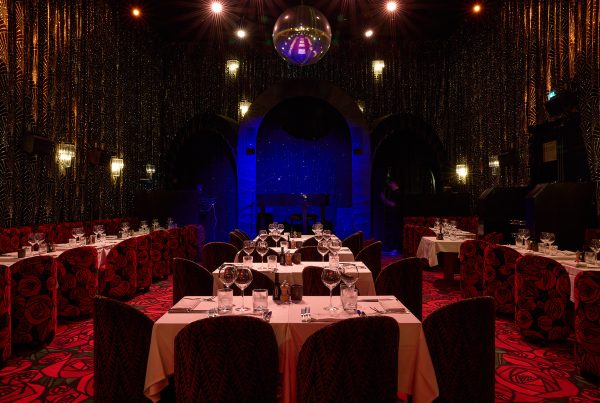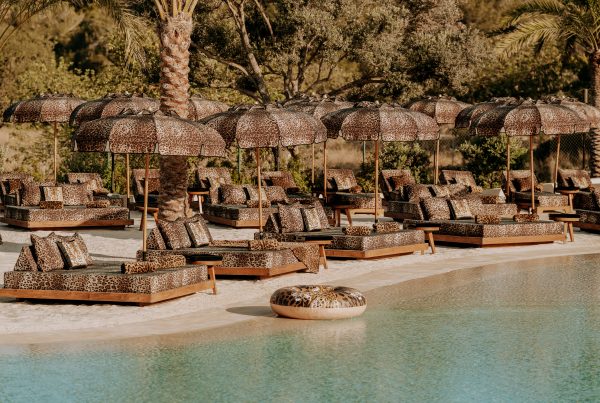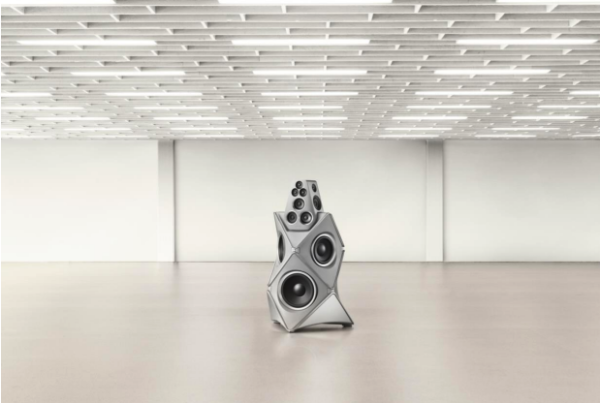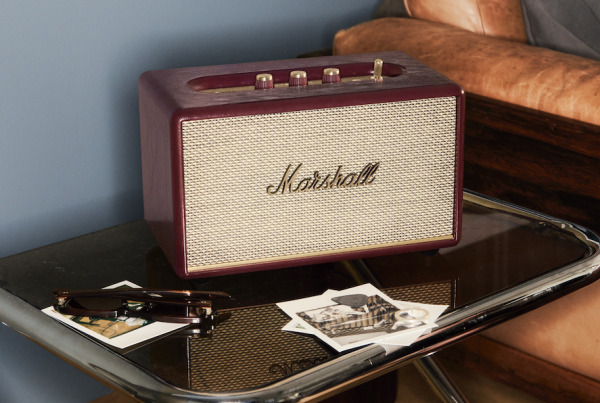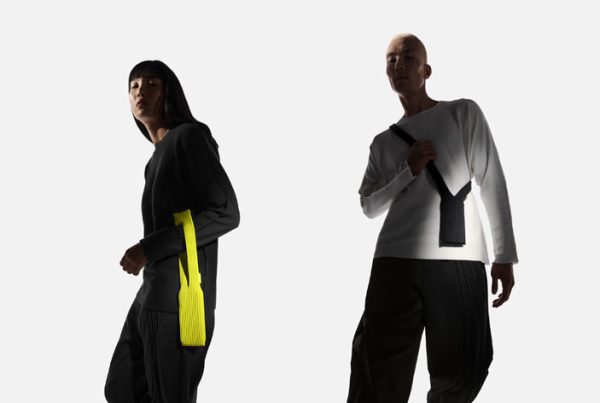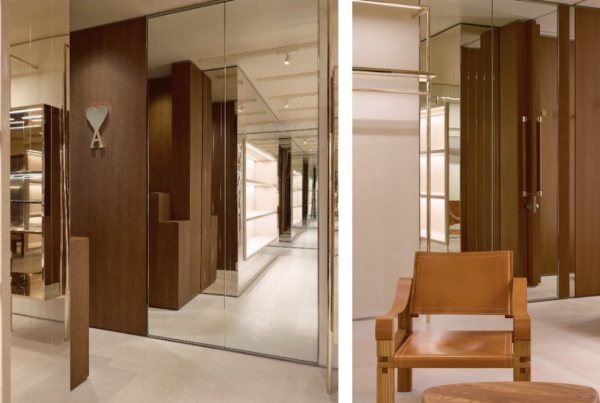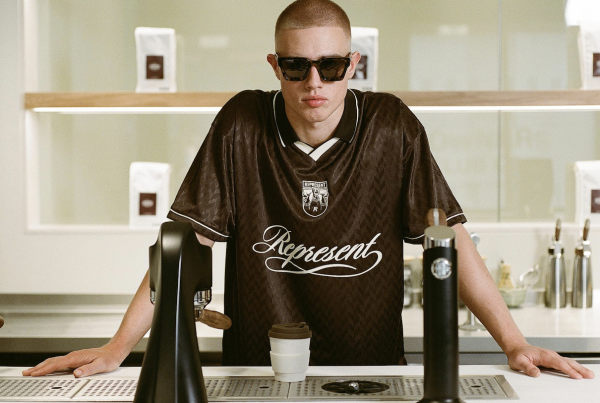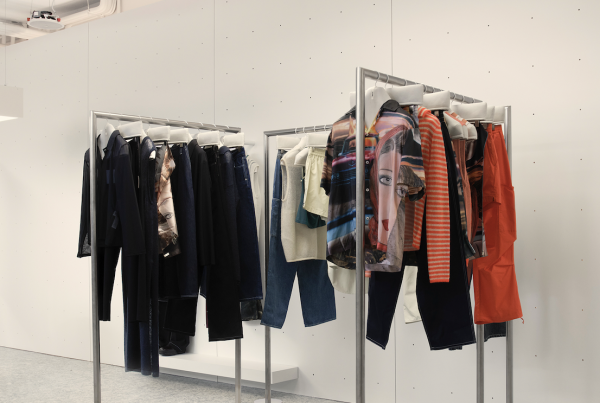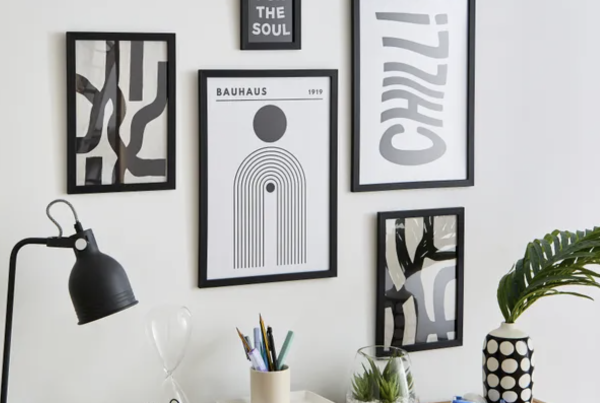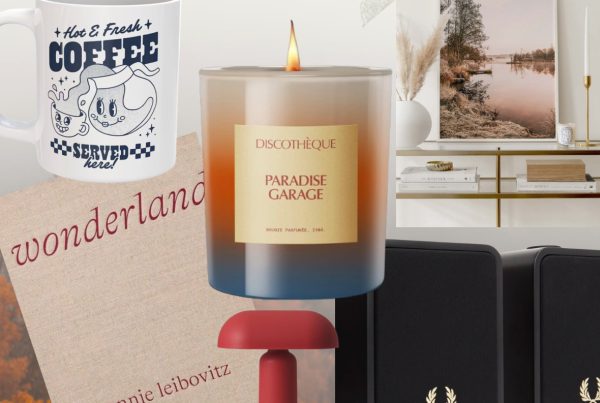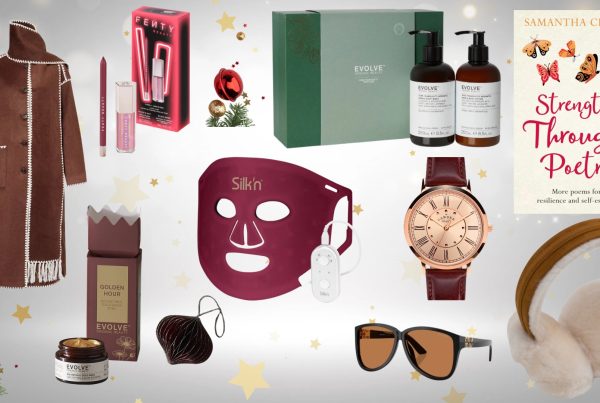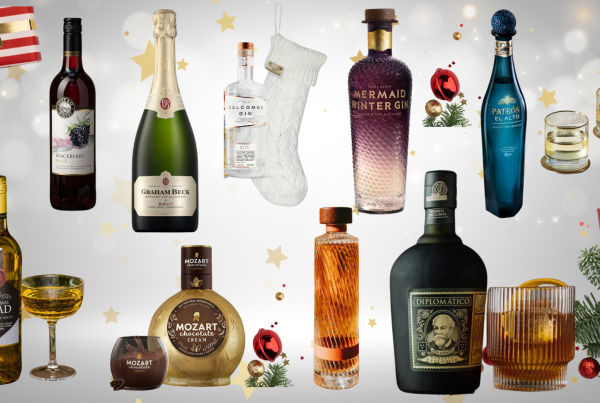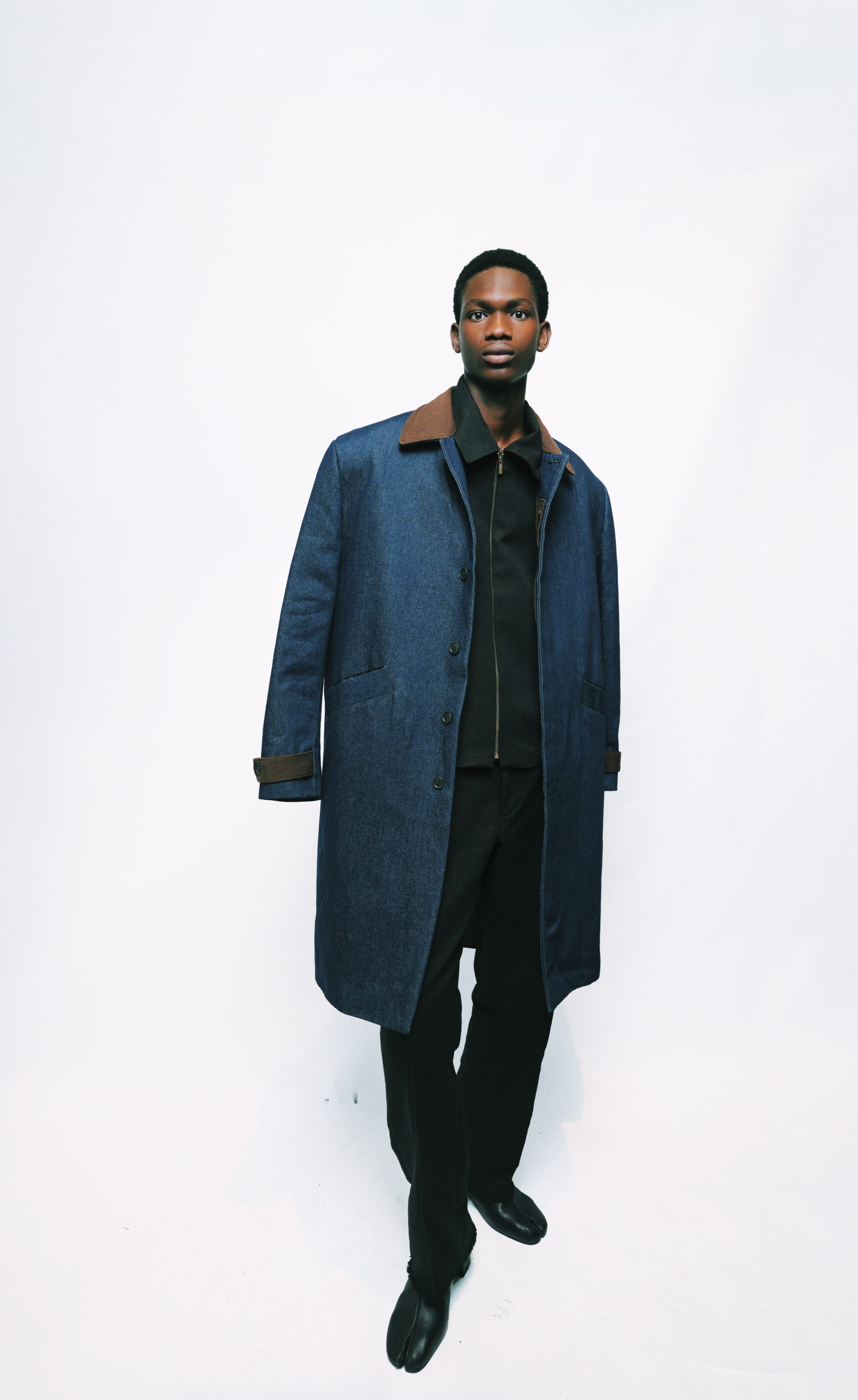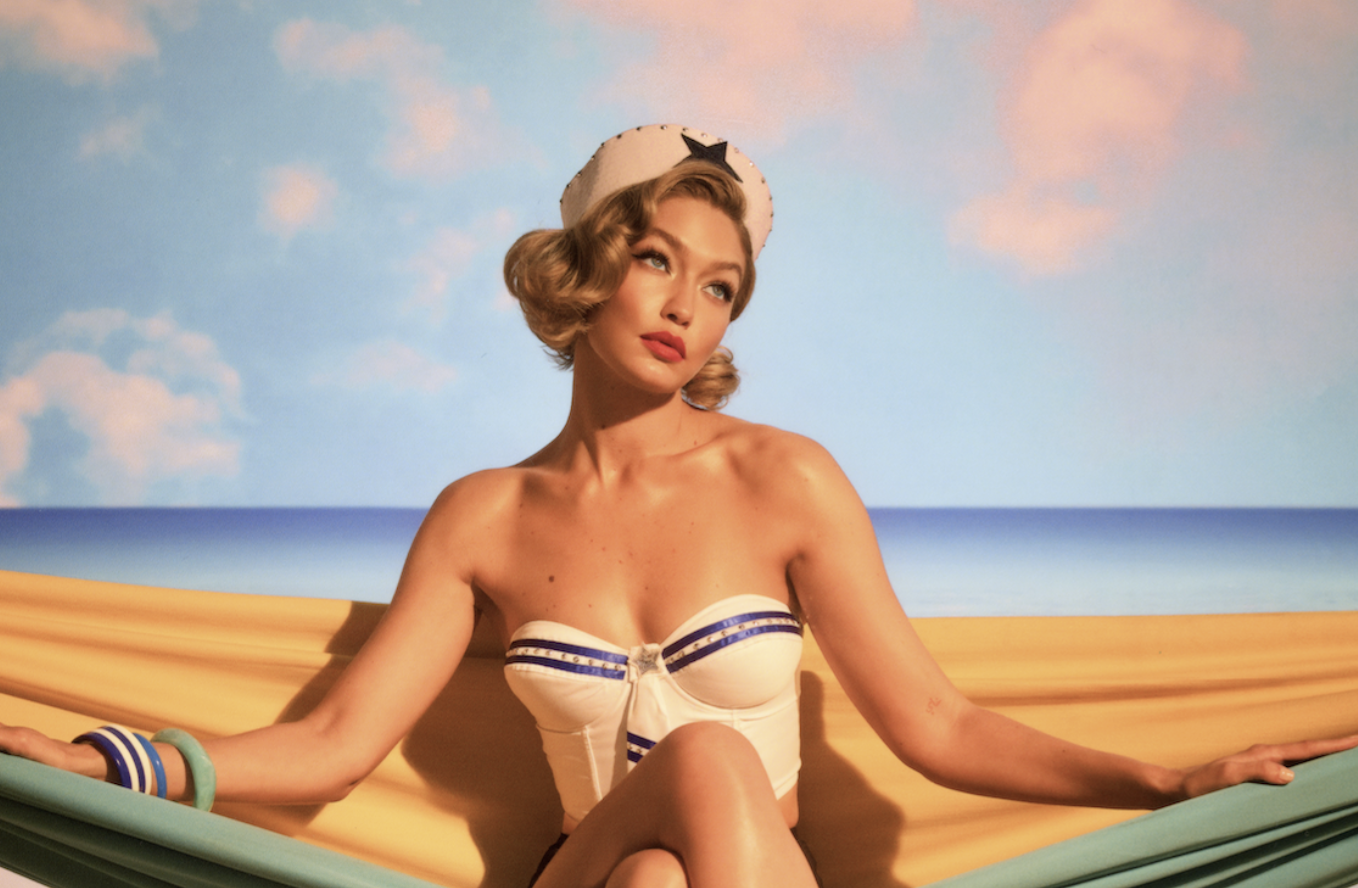David Kusi Boye-Doe of Boyedoe
“It’s functionality, continuity, and storytelling.”
When you read the story of David Kusi Boye-Doe, one thing is certain. He will succeed, and will do so the right way. The Ghanaian designer has grown his eponymous brand from the ground up, using his prior knowledge as a stylist and shopper to develop a brand that tells African stories for the world to consume.
His brand began as his final projects while in fashion school, and has developed into a globally recognised label. The latter, going as far as Vogue Italia, following his graduate collection, and as recently as LVMH, where he was nominated as a semi-finalist for their prestige design prize.
PAUSE spoke with Boyedoe about their humble beginnings, how they were so effective in transitioning African and Ghanaian fashion into the mainstream fashion scope, and where they will go following the LVMH nomination. Continue reading to learn their story.
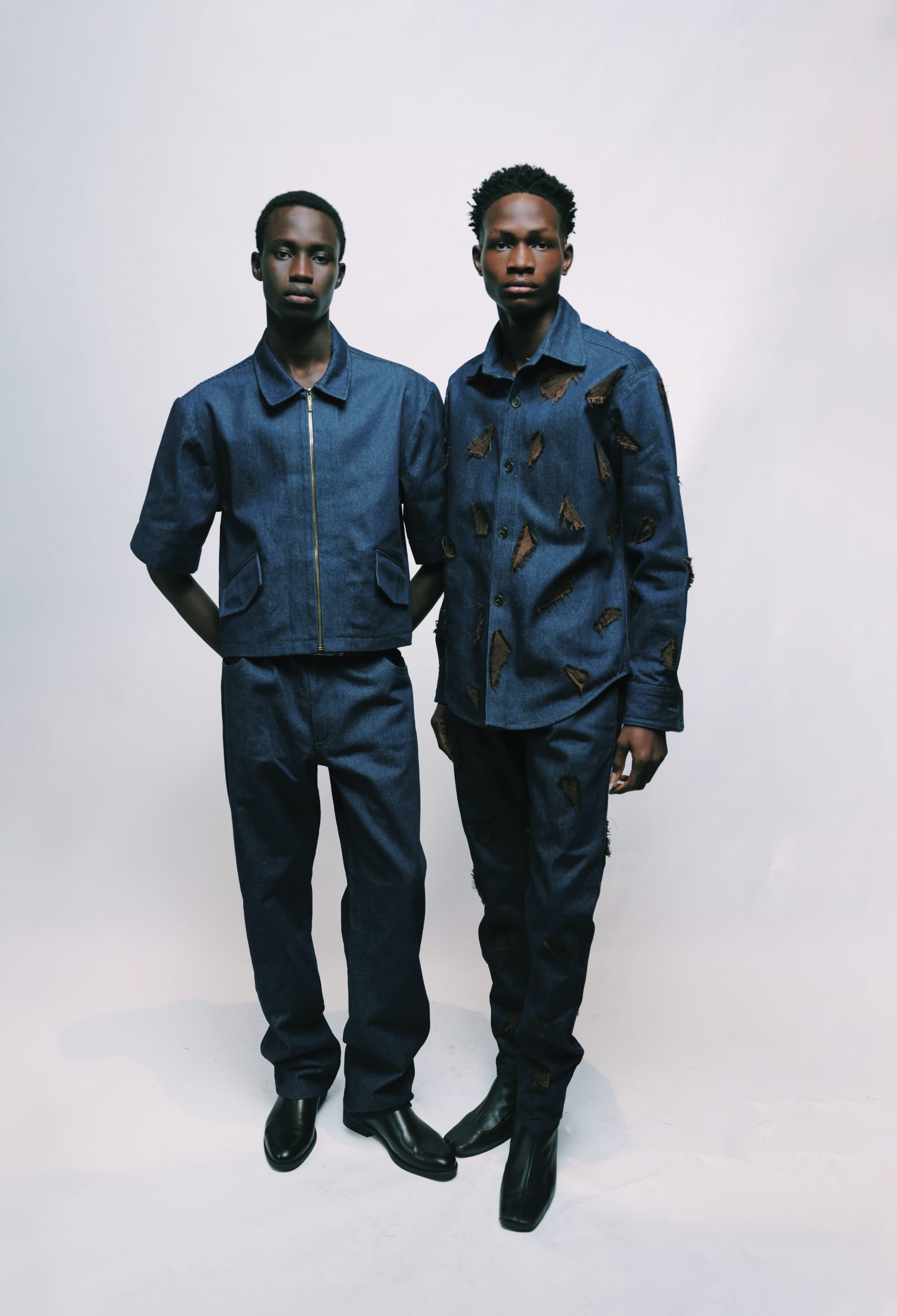
I read in a recent interview that your initial career path was in architecture. When did you realise you wanted to go all in with fashion?
It was both architecture and fashion, but I was more drawn to architecture. I love structure, I love designing, but it was more about the structure. I realised that the vision of being an architect was not possible due to some circumstances back home. So, I entered styling, I learned a lot online, watched videos and interviews about styling.
I started recommending clothing to people, and they became very interested, so I started shopping from that point as well. It got to a point where it wasn’t enough. We weren’t getting things the way we wanted them, you know, traditional tailors can let you down, and I didn’t want that. So I decided to start my own brand, one that people can rely on.
I understand that you’re classically trained in fashion. For a lot of emerging designers, they can feel boxed in by going to school. What was your experience like?
It was an amazing experience. It was really, really amazing. I didn’t envision, at the beginning, how fashion school was going to be. I was a bit reluctant at first because styling was going so well, and I’d have to put it on hold for a year. At the beginning, it was very difficult, but I had a sense of belonging there.
There was a family, and one thing about being from Ghana is that belonging is something we all have in common. Everywhere you go, you will be taken in as one of their own. I was from the second biggest city in Ghana, called Kumasi, but it was because of fashion school that I moved to Accra. I was new there, but I felt like I belonged, and I didn’t miss home very much because everyone was so welcoming.
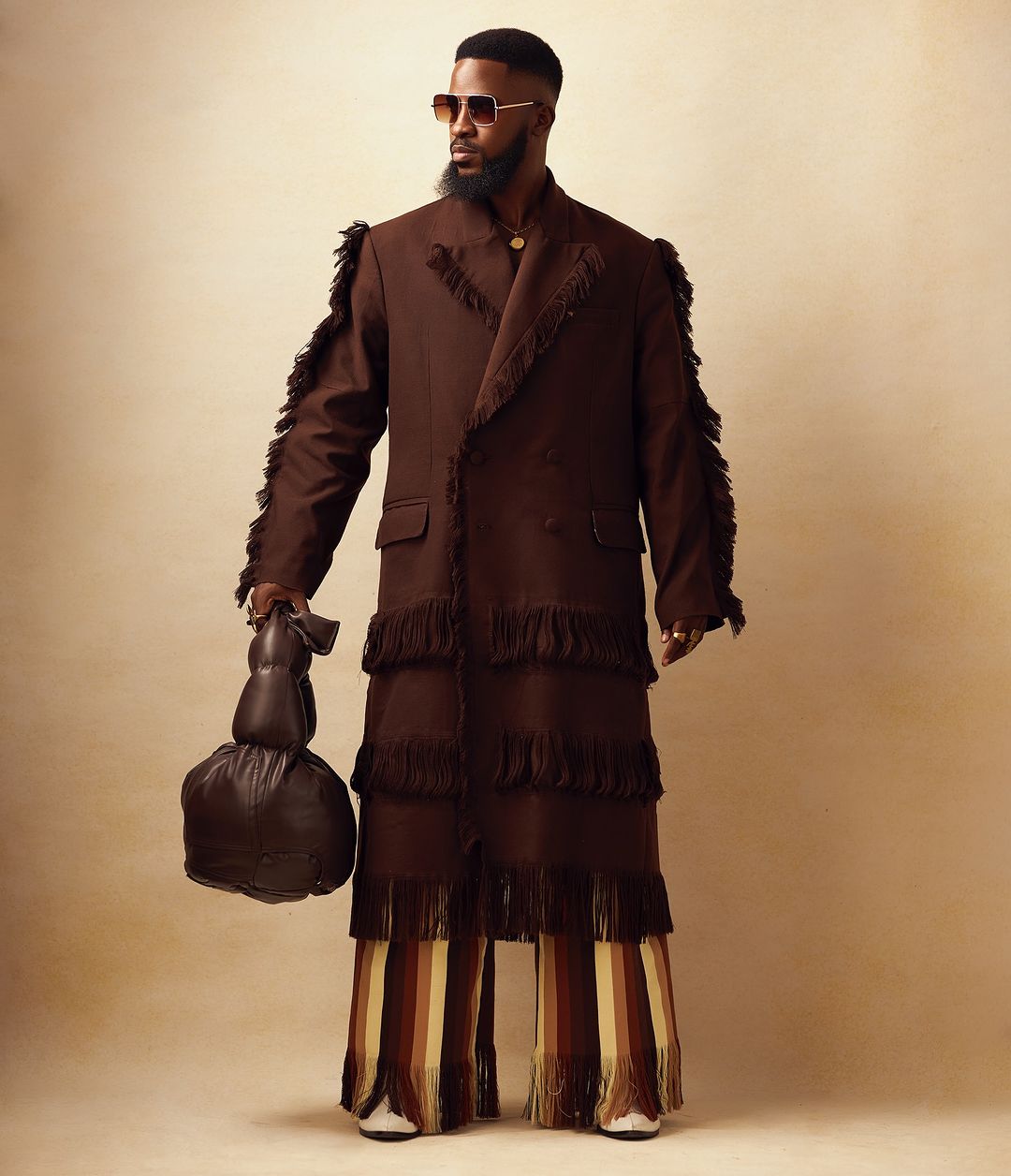
“I believe in being the master of a classic style. Then, you’ll be able to find your niche.”
How were you able to find your design ethos while at school?
I was touching on a lot of things. I believe in what I call the master of the classic style. Master that traditional style, then in doing so, you’ll be able to find your niche. We have about 14 projects in school, and I tried as much as possible to tap into everything. So when it comes to couture costume design, I’ve done everything. I learned everything and ventured into it all. In my last two projects, I leaned into what I wanted to do. When I design, I’m looking for functionality, for continuity, something that you’ll see on people’s bodies for years. It’s not just a one-time look, like at the Met Gala, it’s for originality, storytelling, and continuity.
If those last two collections were the catalyst for Boyedoe, what did they look like?
It was about the man, the message, and the mandates. So it was more about myself, where I wanted to take this fashion, and the mandate for me was social responsibility. That’s why when you look at some of the things that I do, it’s more than just designing a garment; it’s storytelling or about social change. It was a development collection, so not designed to just be a one-time capsule. It was supposed to be 12 pieces, but along the way, I was only able to make a few of the pieces. It got featured in Vogue Italy right after graduation, and that was the beginning.
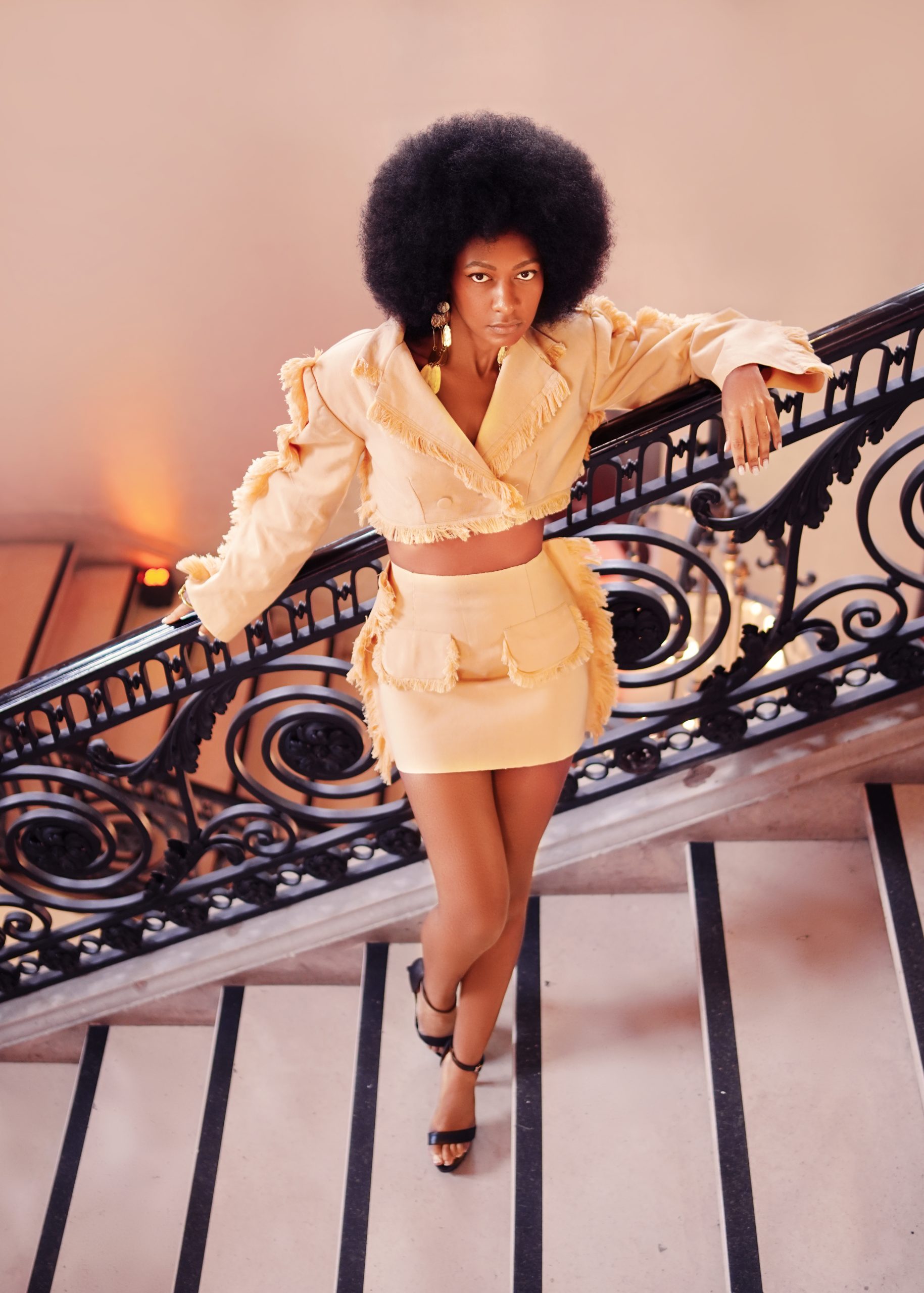
Obviously your roots are extremely important to you as a person and in your design process. Can you paint a picture of what the design scene looks like in Ghana at the moment?
It’s becoming more interesting. At first, it wasn’t. When you look at the African fashion scene, the more traditional scene, it was more centred on flora, and that sorts of things. I always say that we need to move to a point where, when we say it’s an African brand, there shouldn’t be criteria. We’re talking about a brand. A brand is a brand. It’s maybe based in Accra, or based in Africa, but the aesthetic of the brand is supposed to be global. I think that’s one of the things that Ghanaians need to grasp now. When you look at the scene, a lot of people are taking a step further into their wardrobe. They’re not forgetting our traditional heritage, our culture, but they’re being truthful to themselves. I think we are moving towards the better.
I was reading your LVMH bio, which we will get into in a little bit, and you mentioned that you love to storytell with your clothing and talk about intricate parts of your heritage. Do you have a favourite story that you’ve told so far through your clothing?
In Ghana, there’s an ideology that says in order to be able to forge a brighter future, you look at what has been done, perfect it, better it, and with that, you’ll be able to rewrite history. We believe that if you’re not able to learn from what has been done, you might make a mistake and repeat it. As designers, if you don’t read from history and learn about what has been done in the industry, you can come up with a piece and believe you’re the first one to have done it. Meanwhile, it has been done before. You need to go back, read it, perfect it, so you don’t repeat it. And for me, that is the story that I carry every step of the way.

I think you’ve done a great job of not only bringing Ghanaian culture, but African culture, to mainstream fashion audiences. How are you able to so seamlessly bring it forward?
I think it’s a collective effort. It’s not just me. To build a successful brand, you need a strong team of loyal people who share the same vision. And if you have a vision, you have to communicate it with them, and let them personalise your vision as well. I think it’s been done with a collective effort, and we’ve been able to pull it together and make it come to life.
Circling back to the LVMH news, I spoke to the team at Mfpen, who were also semifinalists. They told me that they had a funny story about receiving their phone call to say they were nominated. Do you remember where you were and how you reacted when you got that call?
I was in my office, in the studio. It was actually my second time applying. The first time, I didn’t get in, and there was no phone call. So this time, a call name in. There were two people on the call, and they said, “Hey David, we’re calling from LVMH,” and in my head I was like “Wow,” (On video, he was mimicking facial reactions of pure jubilation). I couldn’t shout, and I was trying to compose myself. But after the call, oh my god, I couldn’t contain my joy. I shouted, I went into our showroom, and said we have great news. It was an amazing time, an amazing moment. Something I could never forget.
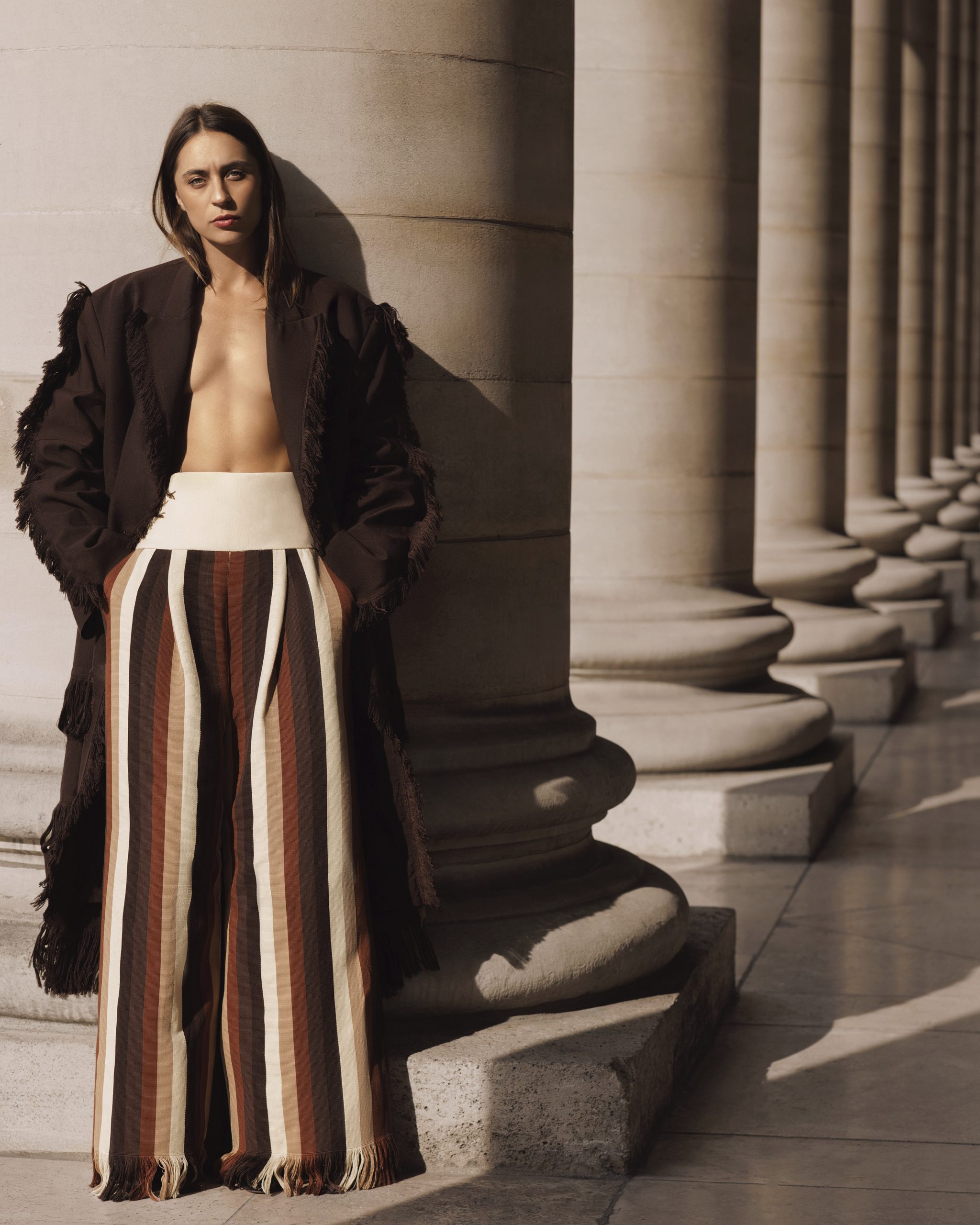
Being nominated in the first place is an incredible feat. What did that mean to you and the team?
I think it means more to me than just recognition. This year, they had over 2,500 nominations, and being listed in the top 20 is huge. The recognition alone is amazing, because people are seeing and appreciating what is done. To see your piece and be able to say “this person has seen what we do, and likes it,” is huge. You’re not just designing for Ghana. The whole world is watching, and that’s something beautiful to me. It’s opening the door for Ghanaian designers and letting them know that it’s possible.
Final question for you. What are your next steps for the brand?
The focus now is on scalability and collaboration. We are already working toward the latter. We have an amazing pop-up happening in Paris with Galeries Lafayette starting in June. A lot of behind-the-scenes work is being done with other brands, so we’re looking to push our work out with them.


